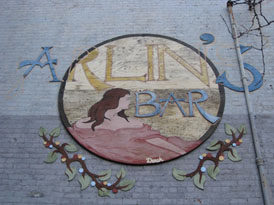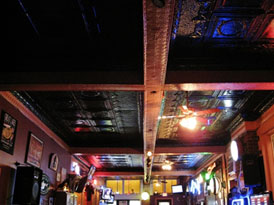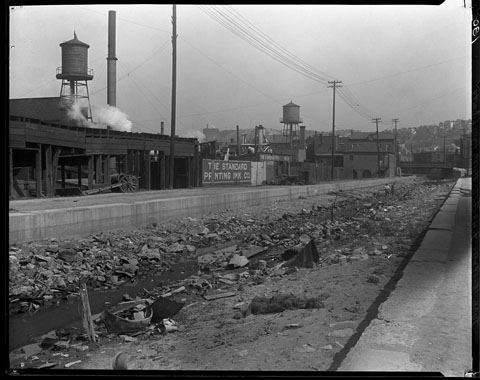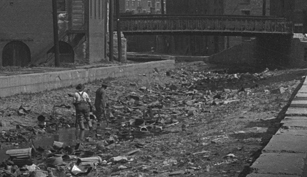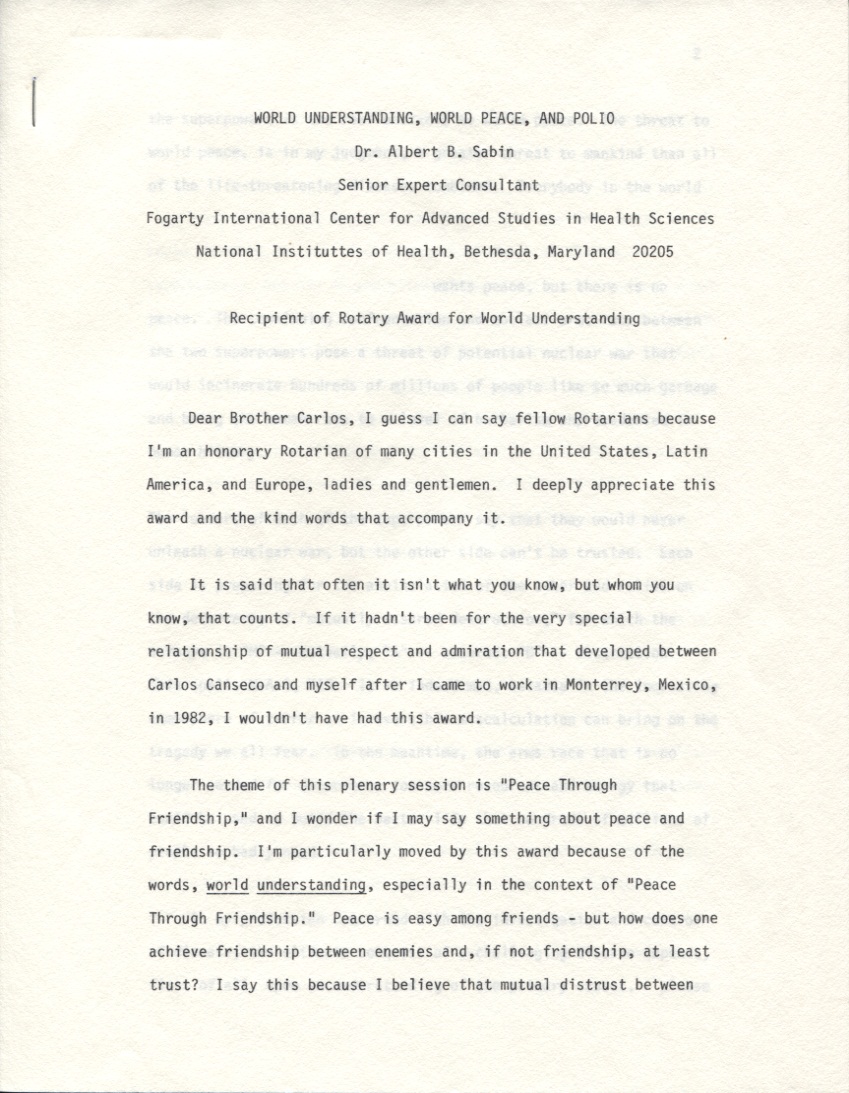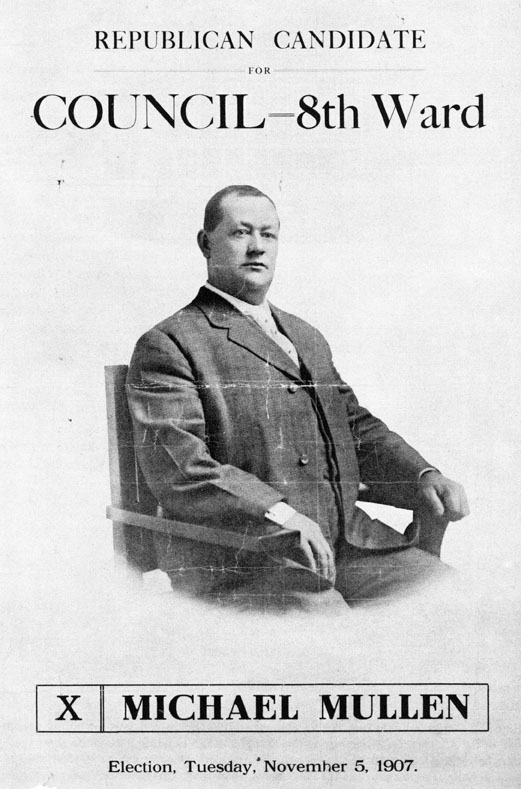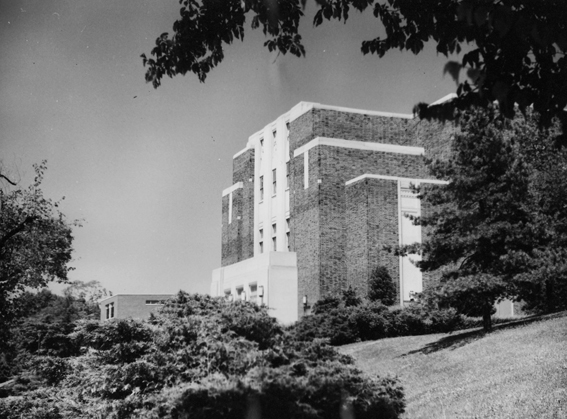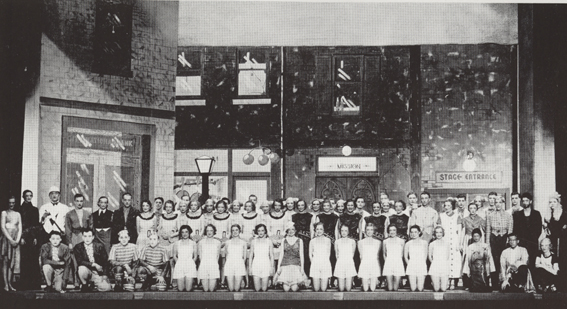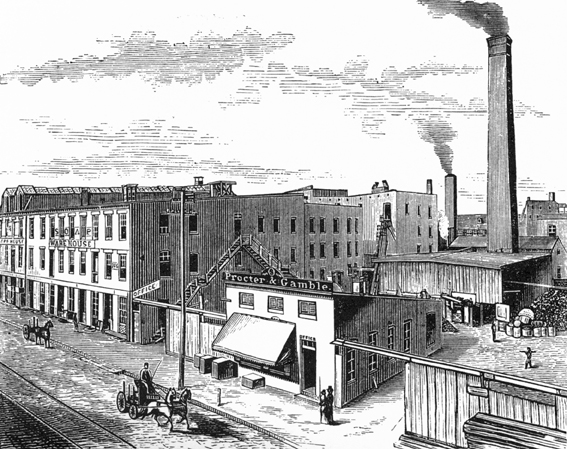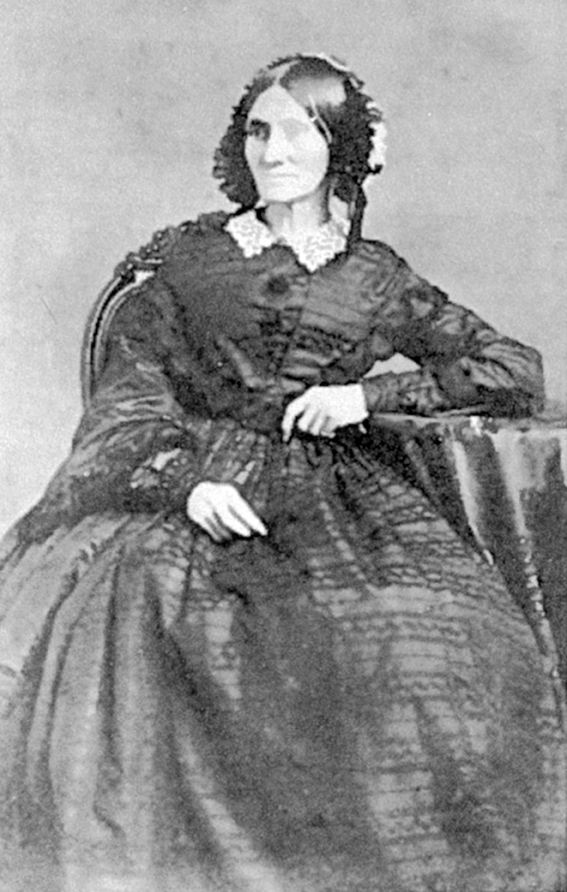By Kevin Grace
-Not your colloquial Irish farewell, mind you, because that would have us skipping out when it is our turn to buy a round of drinks, and you just know we would never do that! Rather, a farewell to Archives Month in Ohio and its 2012 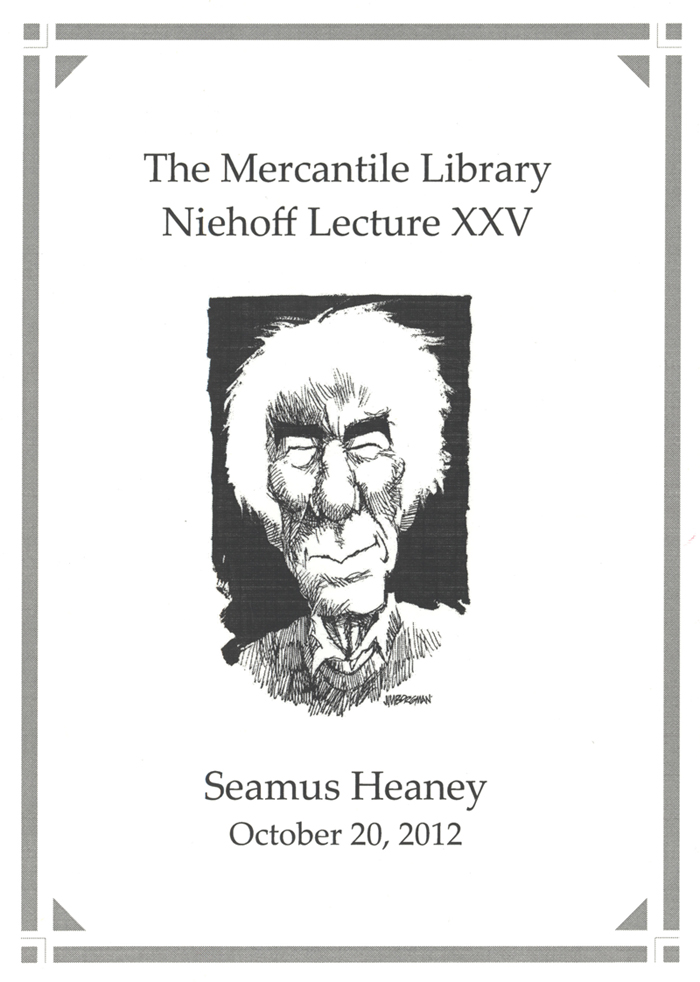 theme of “Ethnic Peoples of Ohio.” In southwest Ohio, the focus has been on Irish heritage and the Celtic contribution to our culture. From businessmen and women and Civil War soldiers to civic leaders and politicians, to writers and artists, Cincinnati and this corner of the state have been greatly enriched by the Irish.
theme of “Ethnic Peoples of Ohio.” In southwest Ohio, the focus has been on Irish heritage and the Celtic contribution to our culture. From businessmen and women and Civil War soldiers to civic leaders and politicians, to writers and artists, Cincinnati and this corner of the state have been greatly enriched by the Irish.
In addressing this theme in October, we were very fortunate that it coincidentally embraced the annual Niehoff Lecture at the Mercantile Library, presented by Irish poet and Nobel laureate Seamus Heaney. It could have been happenstance, of course, but more likely cinnuint, or destiny to youse guys. On Saturday evening, October 20, Heaney spoke before an enthralled audience at the Westin Hotel as part of a lecture series that has helped mark the Mercantile as the center for literary life in Cincinnati. Continue reading

